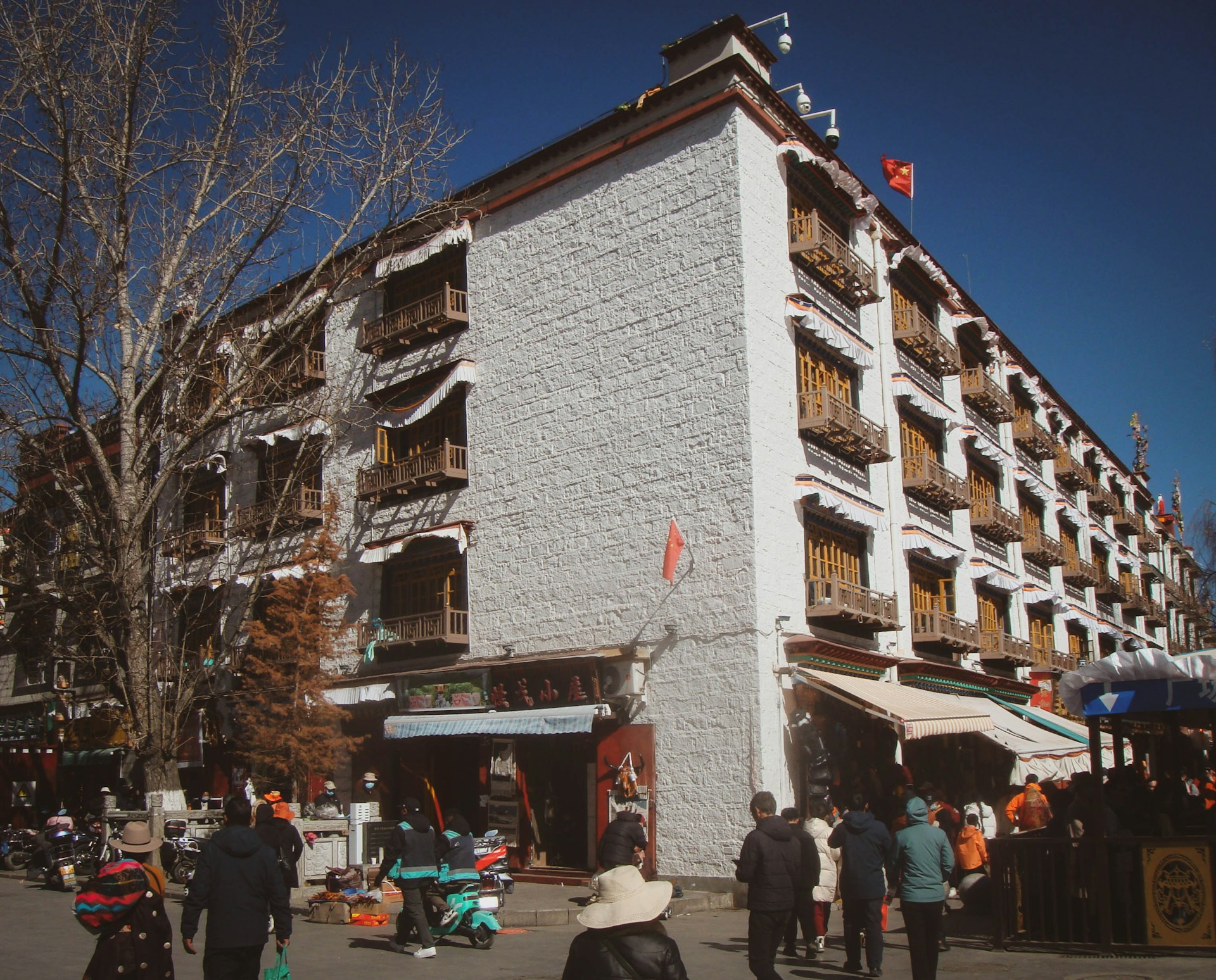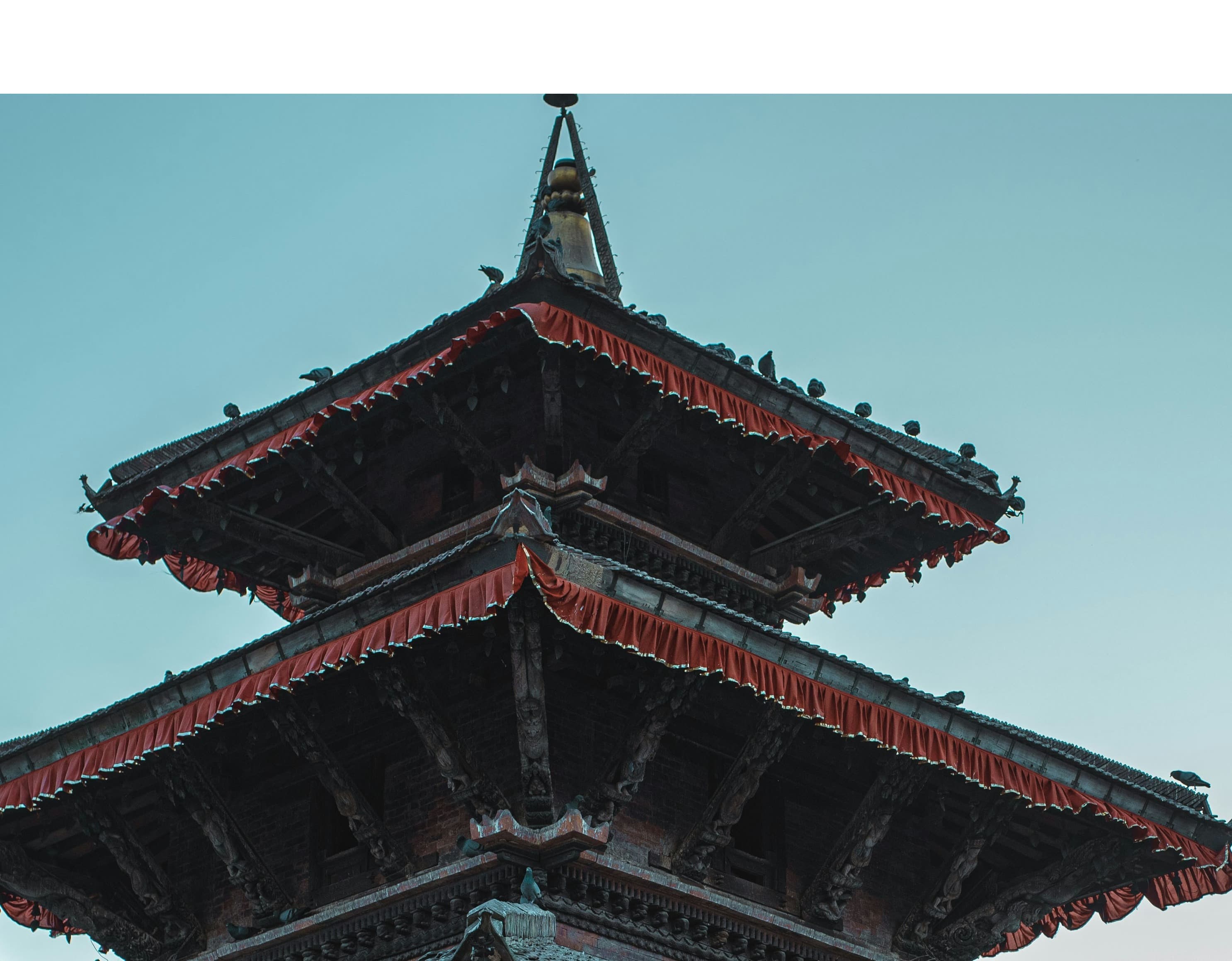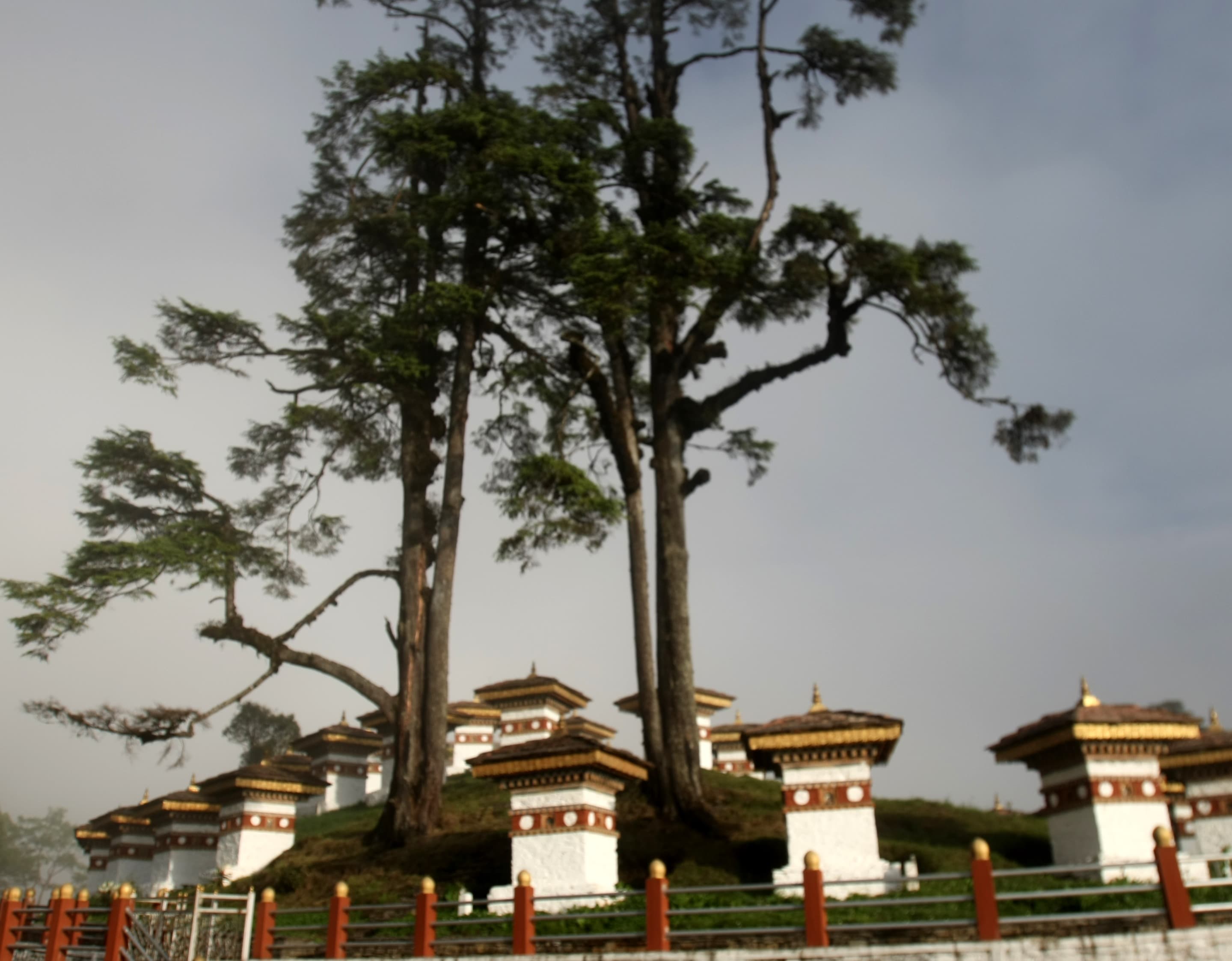Lhasa, the spiritual and cultural heart of Tibet, is known as the "City of the Sun." Nestled in the Himalayas at an altitude of 3,650 meters, it attracts visitors with its rich history, religious significance, and stunning architecture. The city is home to some of Tibet's most revered landmarks, including the Potala Palace, a UNESCO World Heritage Site that once served as the winter residence of the Dalai Lama. The Jokhang Temple, another UNESCO site, is the holiest temple in Tibetan Buddhism, drawing pilgrims from across the region to its sacred halls.
In the bustling Barkhor Street, visitors can experience traditional Tibetan culture through local markets and witness the devout performing kora, a clockwise pilgrimage around the Jokhang Temple. The Norbulingka Palace, once the summer palace of the Dalai Lama, is a serene garden complex offering insight into the life of Tibetan spiritual leaders.
Other key places include the Sera Monastery, known for its lively debates among monks, and the Drepung Monastery, once the largest monastery in the world. Both monasteries are vital centers of Tibetan Buddhist learning.
Lhasa is also a gateway to exploring the greater Tibetan Plateau. Nearby, Yamdrok Lake and the high-altitude Ganden Monastery provide breathtaking views of Tibet's natural landscape. Lhasa is a blend of the ancient and the modern, with sacred sites and temples standing alongside bustling markets and modern cafes.
This unique combination of spiritual depth, cultural richness, and natural beauty makes Lhasa a must-visit destination for travelers seeking an authentic Tibetan experience.
Main attractions in Lhasa city:
1. Potala Palace

The Potala Palace is one of Tibet’s most iconic landmarks, a UNESCO World Heritage Site that symbolizes Tibetan Buddhism and the authority of the Dalai Lama. Built in the 7th century by King Songtsen Gampo, the palace sits atop Marpo Ri Hill, overlooking Lhasa. The palace’s towering white and red walls house over 1,000 rooms, filled with chapels, tombs of previous Dalai Lamas, religious scriptures, and intricate murals. The Red Palace section is dedicated to religious study and prayer, while the White Palace served as the Dalai Lama's winter residence and the seat of the Tibetan government. Visitors can explore its rich historical artifacts and take in panoramic views of Lhasa from its terraces as well.
2. Jokhang Temple

Considered the holiest temple in Tibetan Buddhism, Jokhang Temple is located in the heart of Lhasa and attracts pilgrims from across Tibet. Built in the 7th century, the temple houses the Jowo Shakyamuni, a revered statue of Buddha believed to have been blessed by the Buddha himself. The temple blends elements of Tibetan, Indian, and Nepalese architecture, symbolizing the spiritual unity of these regions. Jokhang is a UNESCO World Heritage Site, and every day, pilgrims circumambulate the temple in a ritual known as kora.
3. Barkhor Street

Barkhor Street encircles Jokhang Temple, serving as both a pilgrimage route and a bustling marketplace. Lined with traditional Tibetan shops, this street is where visitors can purchase everything from prayer wheels and incense to Tibetan art and jewelry. Barkhor is known for its vibrant atmosphere, as pilgrims continuously walk clockwise around the Jokhang Temple while chanting prayers. It is a great place to observe local Tibetan life and partake in the spiritual energy that fills the air.
4. Norbulingka Palace
The Norbulingka Palace was built in the 18th century and served as the summer residence of the Dalai Lamas. The palace complex is set within a vast garden, making it a serene retreat from the bustling streets of Lhasa. Norbulingka’s beautiful gardens are filled with traditional Tibetan architecture, statues, and art that reflect the spiritual and cultural heritage of Tibet. The palace played a significant role in Tibetan history and remains a symbol of Tibetan sovereignty. Today, it is a UNESCO World Heritage Site and a peaceful place for visitors to learn about the life and history of Tibet’s religious leaders.
5. Sera Monastery

The Sera Monastery is one of the "Great Three" Gelug monasteries in Tibet, renowned for its vibrant monk debates. Founded in 1419, Sera Monastery has long been a center of religious education, with hundreds of monks studying Buddhist philosophy. The daily debates are a unique spectacle, where monks engage in philosophical discussions by clapping their hands, a gesture meant to stimulate dialogue. Visitors can explore the monastery’s many temples, assembly halls, and intricate murals that depict the life of Buddha.
6. Drepung Monastery
Once the largest monastery in the world, Drepung Monastery was founded in 1416 and, like Sera, is one of the "Great Three" Gelug monasteries. Drepung housed over 10,000 monks at its peak and played a pivotal role in the spread of Tibetan Buddhism. The monastery is renowned for its vast courtyards, stupas, and chapels, and is considered a center for religious and academic study. Visitors can also enjoy panoramic views of Lhasa from Drepung’s hillside location.
7. Ramoche Temple
Ramoche Temple is often referred to as the sister temple of Jokhang. Built around the same time, it houses a smaller version of the revered Jowo Shakyamuni statue. Located in the northern part of Lhasa, Ramoche is an important pilgrimage site and a key religious institution in Tibetan Buddhism. Though smaller than Jokhang, it holds great historical significance and features a blend of Chinese and Tibetan architectural styles.
8. Tibet Museum
The Tibet Museum offers a comprehensive overview of Tibetan history, culture, and religion. Its exhibits include ancient artifacts, thangkas (Tibetan paintings), sculptures, and historical documents. The museum helps visitors understand the unique heritage of Tibet, from its early dynasties to the present day. It is an essential stop for those interested in learning more about the Tibetan way of life and the region’s spiritual traditions.
Each of these sites provides a glimpse into the rich cultural and spiritual life of Tibet, making Lhasa a city steeped in history and tradition.


